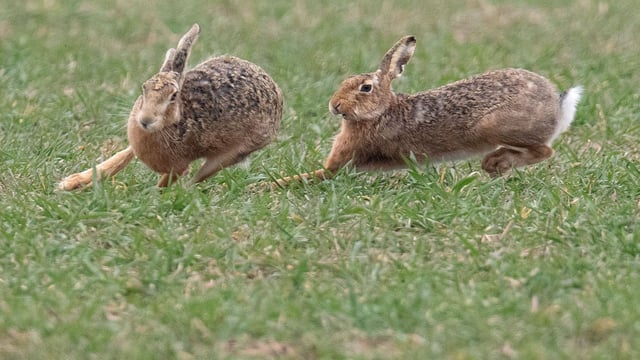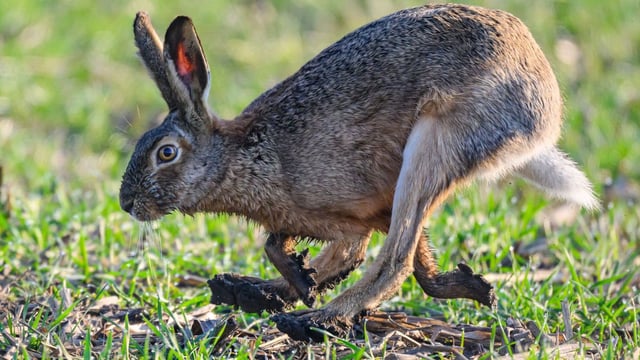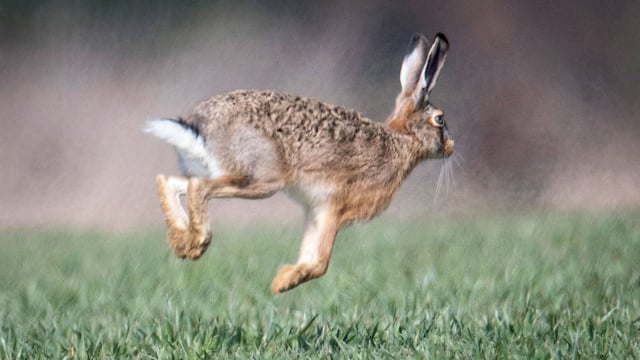Overview
- The national Feldhasen density remains steady at 19 hares per square kilometer, marking the highest average in over 20 years of monitoring.
- Regional differences are stark, with Nordrhein-Westfalen reporting densities of nearly 29 hares per km², while Brandenburg lags at just 6 hares per km².
- The Myxomatose virus, originally affecting rabbits, has spread to Feldhasen in regions like Niedersachsen and Nordrhein-Westfalen, causing localized population declines.
- Recent dry weather offers favorable conditions for hare reproduction, but prolonged drought could threaten food availability and population health.
- Conservationists emphasize the need for biodiversity-friendly farming and habitat restoration to address long-term threats from land use and climate change.



